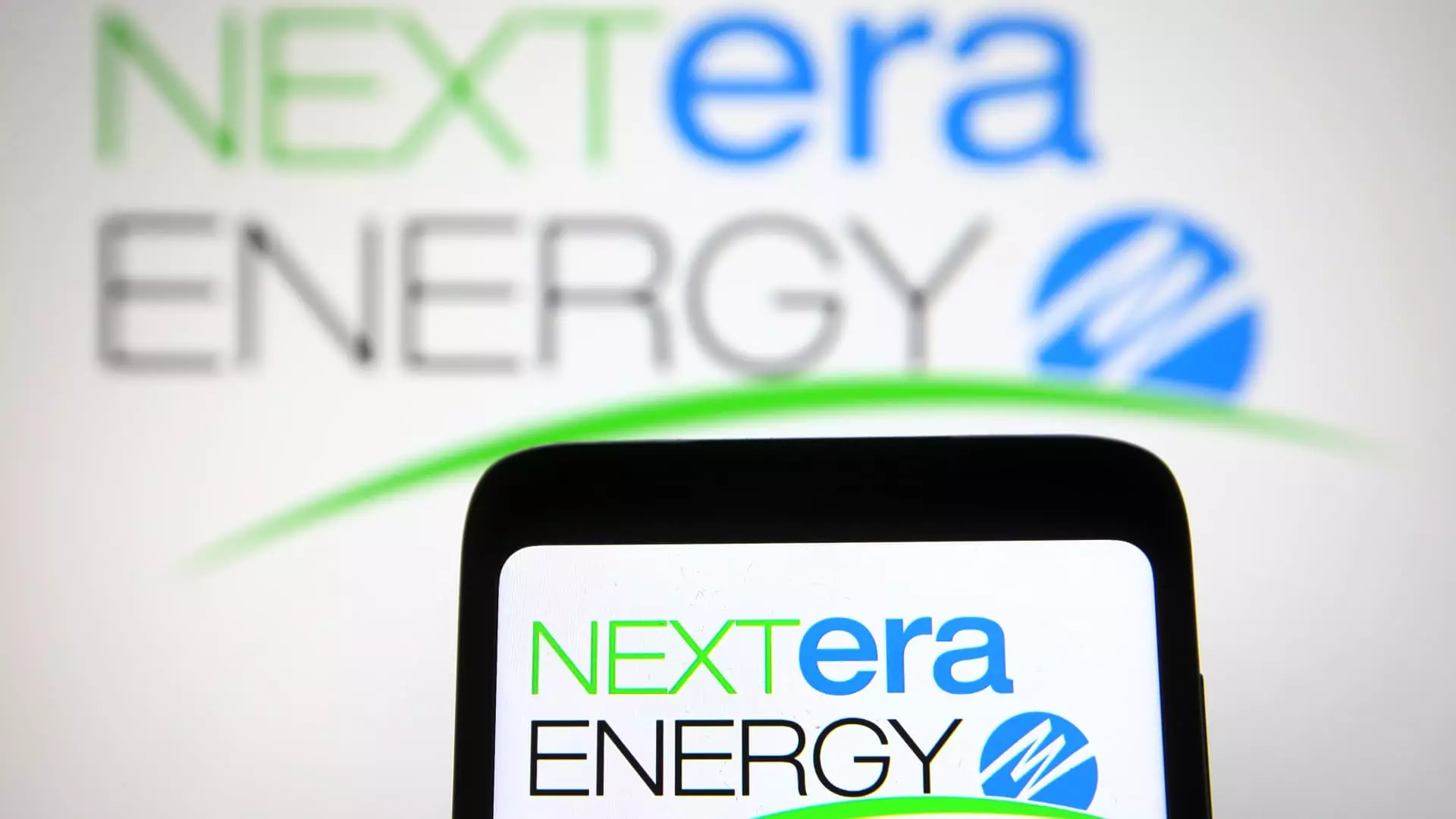As demand for carbon-free energy continues to grow, NextEra Energy is evaluating the possibility of restarting the Duane Arnold Energy Center in Palo, Iowa. The plant halted operations in 2020 after serving for 45 years. NextEra CEO John Ketchum emphasized the need for a comprehensive risk assessment before making a decision on restarting the reactor. Ketchum mentioned during NextEra’s second-quarter earnings call that there is a considerable market demand and potential opportunities associated with reviving the Duane Arnold plant. However, he stressed the importance of ensuring minimal risks and implementing adequate mitigants to support the approach.
The Decline and Resurgence of Nuclear Energy
Nuclear energy experienced a downward trend over the past decade, primarily due to challenges in competing with cheaper energy sources like natural gas and renewables. The Fukushima nuclear accident in Japan in 2011 further heightened safety concerns surrounding nuclear power. This led to the closure of a dozen nuclear reactors in the U.S. from 2013 through April 2021. Nevertheless, there is a renewed interest in nuclear energy as the country faces a substantial wave of power demand from various sectors, including artificial intelligence data centers, domestic manufacturing, and the transition to an electrified economy.
Industry experts like Mark Nelson, founder of Radiant Energy Group, emphasize the significance of existing nuclear plants in meeting the current power demands. These facilities are viewed as essential assets capable of meeting the needs of data centers and other electricity-intensive operations. The rising electricity demand coincides with national efforts to reduce carbon dioxide emissions by accelerating the deployment of renewable energy sources. While solar and wind power have made significant progress, their reliability remains a challenge due to their dependence on weather conditions.
Utility executives argue that nuclear and natural gas play a crucial role in maintaining grid reliability. Southern Company CEO Chris Womack stated the need for installing over 10 gigawatts of new nuclear power to meet the escalating electricity requirements. Southern Company recently completed the first new nuclear plant in decades, underscoring the importance of nuclear energy in the energy landscape. However, the push for new nuclear projects has faced criticism, particularly regarding the high costs associated with building and operating these facilities.
Technological Advancements and Nuclear Energy
Despite the challenges, the tech sector has shown a growing interest in nuclear energy as a reliable power source for data centers. Companies like Amazon Web Services have invested significantly in data centers powered by nuclear energy, signaling a shift towards incorporating nuclear power in their energy mix. The U.S. boasts the largest nuclear fleet globally, with 94 operational reactors. The Biden administration has also introduced tax credits to support the retention and operation of existing nuclear reactors as part of climate change mitigation efforts.
Future Outlook for Nuclear Power
Looking ahead, the push towards expanding nuclear power generation is gaining momentum, with the U.S. and other countries committing to triple nuclear power capacity by 2050. This ambitious target aims to address climate change concerns and reduce greenhouse gas emissions. The resurgence of nuclear energy in the U.S. signifies a shift towards a more balanced energy portfolio, incorporating a mix of renewables, nuclear, and natural gas to meet the evolving energy needs of a growing economy.

